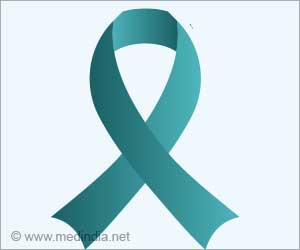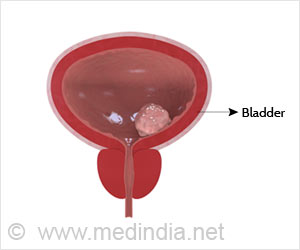According to a UN Report Cancer today has become the number one killer. More so, related to their work place
According to a UN Report Cancer today has become the number one killer. More so, related to their work place. Cancer has become more of an occupational Hazard with millions of people running the risk of catching the disease from their place of work. Inhaling asbestos fibers and second hand smoker are the major causes of lung cancer according to a WHO reports. Thousands develop leukemia from exposure to benzene from the dye, drugs, pesticides and other related industries using this product and these accounts for more than 90,000 deaths each year.
In a recent study in Canada it has been seen that there is a steady decline in the mortality rate due to cardiovascular diseases like stroke and heart attacks. But now there is a sharp increase in the deaths due to cancer in the last 25 years. Cardiovascular diseases were responsible for 47 per cent of deaths in Canada in 1979; by 2004, the figure had fallen to 32 per cent. In contrast, cancer was responsible for 30 per cent of deaths in 2004, up from 23 per cent in 1979.Some of the secondary prevention measures that lower one’s risk of dying of heart disease - say, quitting smoking - also help lower one’s risk of developing cancer.
But the heart health benefits are seen far more quickly, “If you stop smoking, you benefit from that for heart disease within three to five years - your risk comes down to that of a non-smoker,” he said. “Whereas if you stop smoking, it takes about 20 years before your risk of lung cancer drops down to that of the non-smoking population.”
This is according to Dr.Andreas Wielgosz, Cardiologist and epidemiologist at university of Ottawa Many of these occupational cancer risks are acquired from work places where the health and safety measures are not adequate to counter these risks. The pollutions levels are not checked to regulate carcinogens. "The tragedy of occupational cancer resulting from asbestos, benzene and other carcinogens is that it takes so long for science to be translated into protective action," said Dr Maria Neira, WHO Director of Public Health and Environment.
"Known and preventable exposures are clearly responsible for hundreds of thousands of excess cancer cases each year. In the interests of protecting our health, we must adopt an approach rooted in primary prevention, that is to make workplaces free from carcinogenic risks." "The control of carcinogens in the workplace should be a key component of every national cancer control programme," said Dr Andreas Ullrich, WHO Medical Officer for cancer control.
"To achieve this, WHO supports countries in developing comprehensive national cancer prevention and control plans, which are essential to prevent millions of cancer deaths each year?" WHO has urged the governments to adopt stringent measures against industries or work places who do not comply with the health and safety measures.
Source-Medindia
BIN/M









